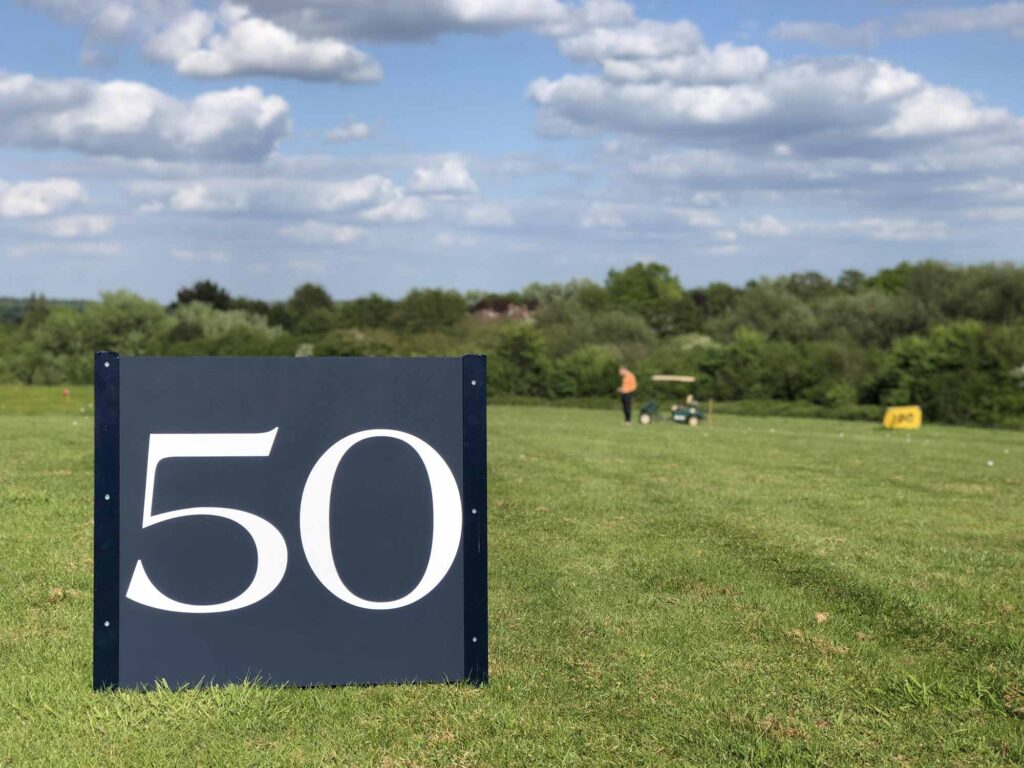Golf News & Tips This Week
Written by Steve Furlonger- PGA Professional
Good day, I hope this email is received well? The golf world saw JB Holmes step back into the winners circle with his first win since 2015 at the Genesis Open, congratulations to JB and his team! JB is certainly a determined individual to keep at it and work hard on his game for 4 years to regain form and win. I won’t beat around the bush…golf is hard!
Did you know that if your handicap is correct you should only play to it or better 6 times a year?! The handicap system is quite sophisticated and the alterations from play will level themselves out over the course of a year. I hear you say “only 6 times a year!” Indeed, so buckle up, there are going to be a lot of times that you’ll be worse than it. Grit and perseverance is the name of the game, stick at it and make sure you practice or train with purpose.
To ensure you work on the right things, I advise keeping a track of your play in the form of statistics. How many fairways do you hit each round? If you miss your intended target which direction does it go? How many putts (on the green) do you take per round? If you measure it you can manage it and importantly prioritise your practice time. If this sounds like a chore, there are devices that track your stats in play, simple and easy to use. I recommend the Shot Scope device for this and I am giving two away on my YouTube channel, see below for more details.
On a side note, to maintain an 18 handicap you have to play or practice at least once a week! If that’s your goal, start planning your diary for this season now. If you plan it early, life can then fit around it.
Without further ado, this week’s tip is the second part of the art of scoring and the follow up from the last newsletter.
PART 2 – The Art of Scoring
In the last edition I talked about having a three shot option strategy for every shot on the course. The high, medium and low risk plays; red, yellow and green on picture 1. I hope this helped you understand how to: (1) gather all the information (2) give yourself choice and (3) risk manage them accordingly. This will help you commit to your choice and not doubt it and dwell negatively. You’ve made the right decision based on facts.
Next up, in picture 2 I have drawn the different coloured curved lines. That is the typical amateur curve (right to left, fade or slice!). So how do you manage this curving ball flight on the course? Do you try to fix it on course or play with it? Time and time again I hear people trying to fix there swing on course. This is a total disaster, why? Playing golf (or performance) is in a totally random environment, every shot is different (distance, lie, club etc etc). There is no chance of mass repetition like on a driving range, making it impossible to change your motion or technique. No top professional player in the world is stepping onto the 1st tee of a tournament with the intention to make a positional swing change, they are simply “golfing” their ball (getting it around the course!). In layman’s terms what does that mean? If your ball is curving right, aim more left or twist the club face in a fraction at address. Yes, its that simple! In picture 2 I have illustrated where you should be aiming your tee shot, down the left hand side of the hole (the green line) so the resultant curve brings it back to the middle of the fairway. If you aim down the middle (red line) the curve will take it into the rough! I hope that makes sense.
Last but not least, I always hear clients say how well they played on the front 9 followed by a poor back 9. Or the opposite is just as common, I had a lousy front 9 and then 22 points on the back 9. Why is that? Well often its the case of: an incorrect warm up or lack of, trying too hard, getting ahead of yourself or simply not caring about the outcome. So how can you stay in the present and keep your focus on the hole in play. I suggest breaking your round of 18 holes into 6 lots of 3 holes. See the photo below, note the lines to separate each loop of 3 holes (Thank you Daren for the photo!).
For an 18 handicap golfer your goal is to play each loop of 3 holes, 3 over par (+3). Play 3 holes, regroup and then go again. Therefore if you have a bad hole, shortly afterwards you have the opportunity to reset and start your next loop of 3. This method should keep you focused in the short 3 hole bursts with a clear task and intention. If you are a lower handicap reduce the amount over par per 3 hole loop accordingly. It’s really simple and extremely effective. Over the years I’ve seen this transform many players. Try it, you might like it! Just make sure you put the big black lines under each loop of 3, visually this is very important to channel your focus.
So that concludes the final part of this really important area of the game. Please share or forward this email to any golfing friends that you think will help lower their scores. #Sharingiscaring
Don’t forget I am always hand to help and advise, if you think you can benefit from a course management playing lesson I am now based an Bletchingley Golf Club and can offer playing lessons on their superbly drained 18 hole golf course. Book a playing lesson with me HERE
That’s my weekly update with some facts and tips from the world of golf, don’t forget to enter my online competition to win one of two Shot Scope V1 game performance trackers worth £150!
To enter the Shot Scope competition draw simply subscribe to my YouTube channel via the button below.
Happy golfing!



